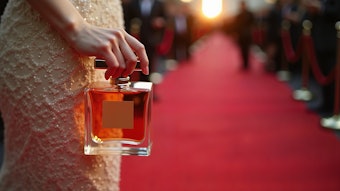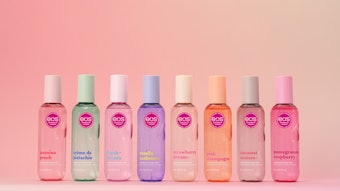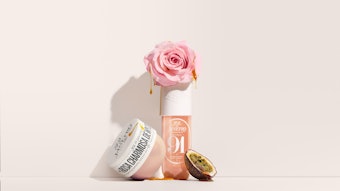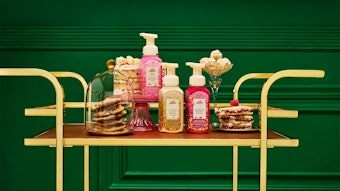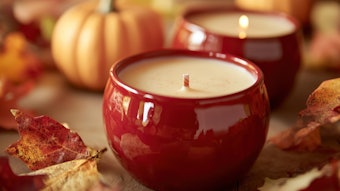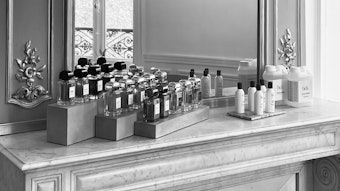
In our Ask An Expert series, senior perfumer Serge Oldenbourg has been fielding questions from fragrance professionals from around the world. The latest question comes from an aspiring perfumer looking to make their way into the field. Oldenbourg plans to answer this question in four parts.
Looking for part one (How to become a perfumer?) and two(Where perfumers are educated?)? Visit the February 2024 issue!
Part 3. What is the knowledge you have to make yours?
To begin, you have to get acquainted with the materials you are going to work with. This means every single ingredient you will have at your disposal when formulating.
Familiarizing Yourself with Materials & Descriptors
1. We'll begin with the most obvious—the overall odor; you must recognize these ingredients “in blind,” in other words, having the ability to name them only by their odor. This is basic! A step further, you must know the odor of these materials during their evaporation over time.
As you have certainly read in magazines and on the packaging, perfumers/brands/fragrance houses give a classification for each material according to their long-lastingness (how long a material stays on the blotter and can be recognized “as such”). The usual classifications you will encounter are Tête (head), Coeur (body) and Fond (dry-out). You will notice that some materials are not any more recognizable after a few minutes, others will last a few hours and some will last very long (could reach weeks or longer). This is important for the “building” of the fragrances; it looks really like building an object but within a “time parameter!”
 The notion of accord is extremely important in perfumery; it is the instrument for telling a story!Adobe Stock
The notion of accord is extremely important in perfumery; it is the instrument for telling a story!Adobe Stock
While smelling these materials, you will have to classify them in families like floral, woody, citrusy, aldehydic, marine, ambery, sweet, and so on. You will have also to differentiate materials from the same family (Jasmin and Tuberose are floral but very different from each other!) defining the typical odor that makes these materials unique.
2. Build up accords. An accord is (like in music) a combination of several materials building up a harmony, parallel to the well-known C E G (Do Mi Sol in French). This might be the reason the perfumers have an orgel where their materials are disposed to play with; it is also called the perfumer’s collection. The notion of accord is extremely important in perfumery; it is the instrument for telling a story! You will have to understand the “creative” influence in some known fragrances that have created trends and successes.
Of course, you will have to learn to use these materials not only in alcoholic dilution (as for fine fragrances) but also in several applications as these are offered to the consumers; shampoo, bubble bath, skin care, soap, detergent, fabric care, home care, all these present technical characteristics which influence the fragrances. The most important factors are prices and stability!
3. Besides the technical factors, you will have to understand the “regulatory” restrictions; a material could present some negative effects to the skin or generally the health of consumers, depending upon their use; i.e. percentage of the material within the end-product and the purposed usage of the same end-product. Sounds complicated at the beginning, but, thanks to scientific-based recommendations of the IFRA, a good instrument for making sure to prevent as far as possible damages for the consumers.
By the way, how many materials do perfumers have at their disposal?
In principle several thousand! Up to 10,000 materials. In reality, fragrance companies restrict the choice of materials for perfumers based upon simplification in stocks, logistics, worldwide production, and of course, cost control. Large companies may allow perfumers to use up to 1,200 materials in their collection which is considered enough to cover the different technical needs.
Stay Tuned For…
Part 4: What happens when you feel ready to start creating?
Have a question for our experts? Send an email to Jenna Troyli ([email protected]).
